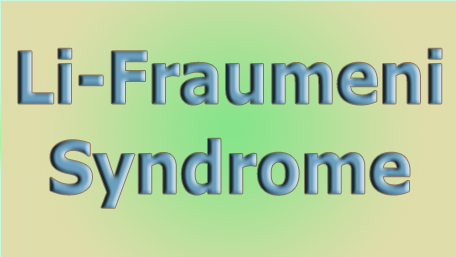
11/13/2021
Hot Topics of the Day are picked by experts to capture the latest information and publications on public health genomics and precision health for various diseases and health topics. Sources include published scientific literature, reviews, blogs and popular press articles.
Sign up MyPHGKB to receive the daily hot topic email alert.
Archived Hot Topics of the Day By Date
Safety and immunogenicity of concomitant administration of COVID-19 vaccines (ChAdOx1 or BNT162b2) with seasonal influenza vaccines in adults in the UK (ComFluCOV): a multicentre, randomised, controlled, phase 4 trial
R Lazarus et al, The Lancet, November 11, 2021
Myocarditis After mRNA-1273 Vaccination: A Population-Based Analysis of 151 Million Vaccine Recipients Worldwide
W Strauss et al, MEDRXIV, November 12, 2021
Machine Learning Based Prediction of COVID-19 Mortality Suggests Repositioning of Anticancer Drug for Treating Severe Cases
T Linden et al, MEDRXIV, November 12, 2021
Reducing false-positive SARS-CoV-2 diagnoses using long-range RT-qPCR
AJW de Velthuis et al, MEDRXIV, November 12, 2021
Cancer incidence, patterns, and genotype–phenotype associations in individuals with pathogenic or likely pathogenic germline TP53 variants: an observational cohort study
KC Andrade et al, Lancet Oncology, November 12, 2021
Mobile devices and wearable technology for measuring patient outcomes after surgery: a systematic review
SR Knight et al, NPJ Digital Medicine, November 12, 2021
How the germline informs the somatic landscape.
Chanock Stephen J et al. Nature genetics 2021 11 (11) 1523-1525
Disclaimer: Articles listed in Hot Topics of the Day are selected by Public Health Genomics Branch to provide current awareness of the scientific literature and news. Inclusion in the update does not necessarily represent the views of the Centers for Disease Control and Prevention nor does it imply endorsement of the article's methods or findings. CDC and DHHS assume no responsibility for the factual accuracy of the items presented. The selection, omission, or content of items does not imply any endorsement or other position taken by CDC or DHHS. Opinion, findings and conclusions expressed by the original authors of items included in the Clips, or persons quoted therein, are strictly their own and are in no way meant to represent the opinion or views of CDC or DHHS. References to publications, news sources, and non-CDC Websites are provided solely for informational purposes and do not imply endorsement by CDC or DHHS.
- Page last reviewed:Feb 1, 2024
- Page last updated:Apr 21, 2024
- Content source:





